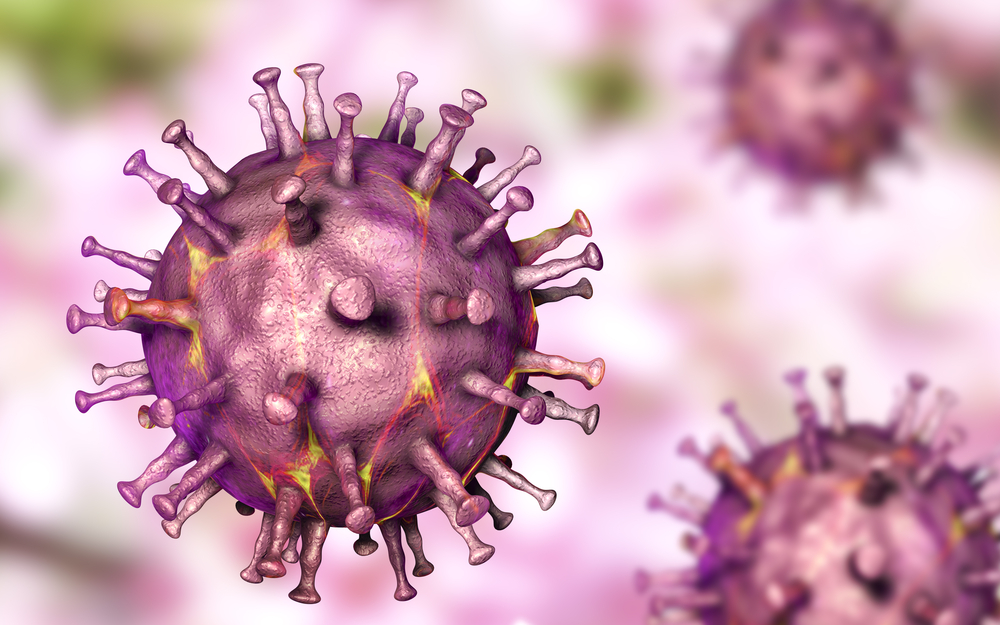
As an African swine fever outbreak has moved rapidly through China and threatens to spread through new European countries, a Kansas State University researcher has studied possible routes for disease transmission and introduction, including primarily through shared feed.
Megan Niederwerder, a KSU assistant professor of diagnostic medicine and pathobiology in the College of Veterinary Medicine, said the virus could be moving through feed and feed ingredients. In “Infectious dose of African swine fever virus when consumed naturally in liquid or feed,” her team locked down the doses necessary to transmit the disease when ingested by pigs — a level that is extremely low. The virus’s ability to infect is high, and with the high frequency of exposure inherent in feed areas, contamination could be a significant risk factor.
“Working with statistician Trevor Hefley, we were able to model the probability of African swine fever infection when pigs consumed a contaminated batch of feed over time,” Niederwerder said. “The likelihood of infection increased dramatically after even 10 exposures, or consumption of 1 kilogram of contaminated feed. Modeling multiple exposures increases the applicability of our experimental data to what would occur at the farm.”
Exposure is helped along by the fact that millions of kilograms of feed ingredients continue to be imported from countries where African swine fever has already nested, and many agricultural processing methods only make things worse.
Niederwerder and her team have been working with the virus for some time, utilizing a level-3 biosafety facility for their research. Before this, they determined that African swine fever could survive in simulated overseas feed shipments.From here, they hope to identify ways to reduce or eliminate inherent risks, and begin fighting back.
“African swine fever is arguably the most significant threat to worldwide swine production,” Niederwerder said. “With no effective vaccine or treatment, preventing introduction of the virus is the primary goal of countries free of the disease. Our hope is that this research will further define possible routes of disease spread and develop mitigation strategies to prevent introduction into the U.S. swine herd.”




